|
I drew a blue and green graphite circle and then applied clear gesso on the page to see what would happen. As you can see the clear gesso is truly clear as you can see the graphite circle. Once the gesso dried, I applied different colored watercolor ground in circles. Watercolor ground creates a surface that allows for more water absorption. It also creates more "teeth" or texture to the paper. Then after these circles dried, I applies Winsor & Newton Artist Mask, which allows you to mask out areas of the page, so you can do washes over them. I masked out the shape of the tree. Here is the opposite page with circles with buff, white, and black waterground on transparent gesso. So I did a watercolor wash for the sky, the greenery of the tree, and for the top of the ground. Then I added brown charcoal and chalk pastel for additional browns for the ground. Then for the rocks, I used black, grey, and white gouache. For the water I used blue watercolors and chalk pastels. Once everything dried I removed with an eraser the artist mask. The tree was washed with sepia watercolor and then I took a fountain pen with red ink and wrote things about trees. In some places I put a wash over the ink and some under the ink, and sometimes over and under the ink for different effect. I outlined the tree with a woodless charcoal pencil and blended with a smudge stick. I really like this effect. Then I took various green gouache paints and painted the leaves on. On the facing page I decided to keep it simple. I painted a combination of watercolors, pastels, and charcoal to see the difference between different surfaces watercolor ground or gesso. I could tell that there was significantly more bleeding on the areas with watercolor ground. This would be explained by the fact that watercolor ground makes surfaces more absorbent. The exception is that this circle with watercolor ground had massive bleeding, so I wonder if I did not apply this evenly. Iridescent watercolors look crazy good on black watercolor ground or black gesso. This was an interesting experiment and exercise for me. It was also just fun to play like this.
0 Comments
This is my new artspace. Carving out a space where I can do art has been an on-going process. As I get more materials, I have to re-organize. I may end up re-organizing again as I work with this set up. It really depends what materials I will be accessing the most. I was psyched to work with my gouache paints, then pastels and charcoal have been grabbing my attention. This is my paper and journal storage area. Plus, I am squeezing spray fixer, matte spray, gesso, and masking fluid. I turned a three-tiered galvanized stand into an art supply caddy. I may get a lazy Susan under it. I put my inks, Dr. Ph Brown’s watercolors, soft pastels, gesso, and watercolor grounds. To the left, I got these drawer containers from Target to hold all my gouache paints by color. Frustrated that I couldn’t find more drawers like I did for my gouache paints, I found these stackable plastic containers to put my watercolor tubes in. They save more space than the drawers. When I want to work with watercolors, I can dissemble the stacked containers like so. Then, when I am done, I can stack them back up. My cat, Yuki is interested in the new set up.
"The Woman in a Green Hat" by D.K. Castellucci (Pastel)
I received some vintage soft pastels in the mail and I couldn't wait to dive in an play with them. Despite using materials that were forty or fifty years old, the colors were fantastic. Soft pastels are extremely tactile. Like charcoal, your hands quickly get in a mess like you are actually doing art -- actively doing art. Then this woman I painted was inspired by a twiggy model and decided to make a more earthy and fleshy version of the model. I really dig her. So as you see here we have a journal and some new incoming media: charcoal and graphite.
I do love watercolors and I am excited about gouache, but I also want to explore charcoal and graphite. I also have inks that I wanted to integrate into my art. I have all these materials that I love and want to use, what if there was a way to do that. Gesso is an acrylic material that you can put on surfaces so you can paint on them. It is a primer that people use to stiffen paper or prepare other surfaces for a variety of materials. So in theory, this journal I had for doodling with 75 LB paper can be primed with gesso to make it ready for all these materials. I have been watching some youtube videos of art journaling folk using gesso and it has inspired me to devise an experiment. So to figure out how all these materials, I will do three (3) two page spreads in this journal. 1. The first two page spread, I will make a border of charcoal and graphite, so when I get the clear gesso I can test how it is as a fixative and if it will allow me to add layers of materials over the charcoal and graphite. 2. Then using a template, I will be creating a series of circles on top of the clear gesso. In these circles, I am going to paint water color ground which is a gesso like substance that has more absorption to take watercolor paint and is supposed to provide more texture or "tooth" to surface for charcoal. I will use black, buff, and white watercolor ground. 3. Using liquid masking, I will mask out a tree so I can test how the masking fluid works with all these surfaces and how it comes off. 4. Once everything dries, I will use watercolors, inks, and gouache in various areas to test them on various surfaces. 5. Once the wet media dries, I will use charcoal, graphite, and pastels on various surfaces. 6. Once all those materials are set, i will remove the masking to see what I have and use a combination of materials to paint the tree. 7. Then I will repeat this experiment with white and black gesso. I won't do the graphite and charcoal before these gessos, and move directly to step 2. Being a mixed media artist can open up possibilities I can't even imagine. YET. I am hoping I can take what I learned in these experiments into the art circle. I will try to get this on video and on YOUTUBE as soon as I am able. Any questions, comments, or requests? NOTE: Since I made this video, we have expanded the Tuesday Session to 10AM to 2PM. We are no longer using TIMETAP to register people. Instead you can REGISTER HERE.
This is a promo I made this afternoon using adobe sketch and its time-lapse feature. It records your strokes and you can turn it into a time lapse and into a movie you can bring into iMovie or adobe premiere. I added a clip of my my 14 year old son jamming on his electric guitar. I bought two easels so when I have a guest I can open up a bottle of wine and we can do art together. I turn on music and we talk about stuff while we paint. So, for me, the art circles at the studio are an extension of what I do at home with friends and something you can do with friends as well.
What do you need? You need: tabletop easels, a table, paint, brushes, 140lb watercolor paper, tape, an art board, containers of water, palettes to mix paint, and a bottle of wine. |
AuthorD.K. Castellucci is an artist living in Marin County who works in acrylic, oil paint, oil and soft pastels, charcoal, gouache, watercolors, graphite and Archives
January 2024
|
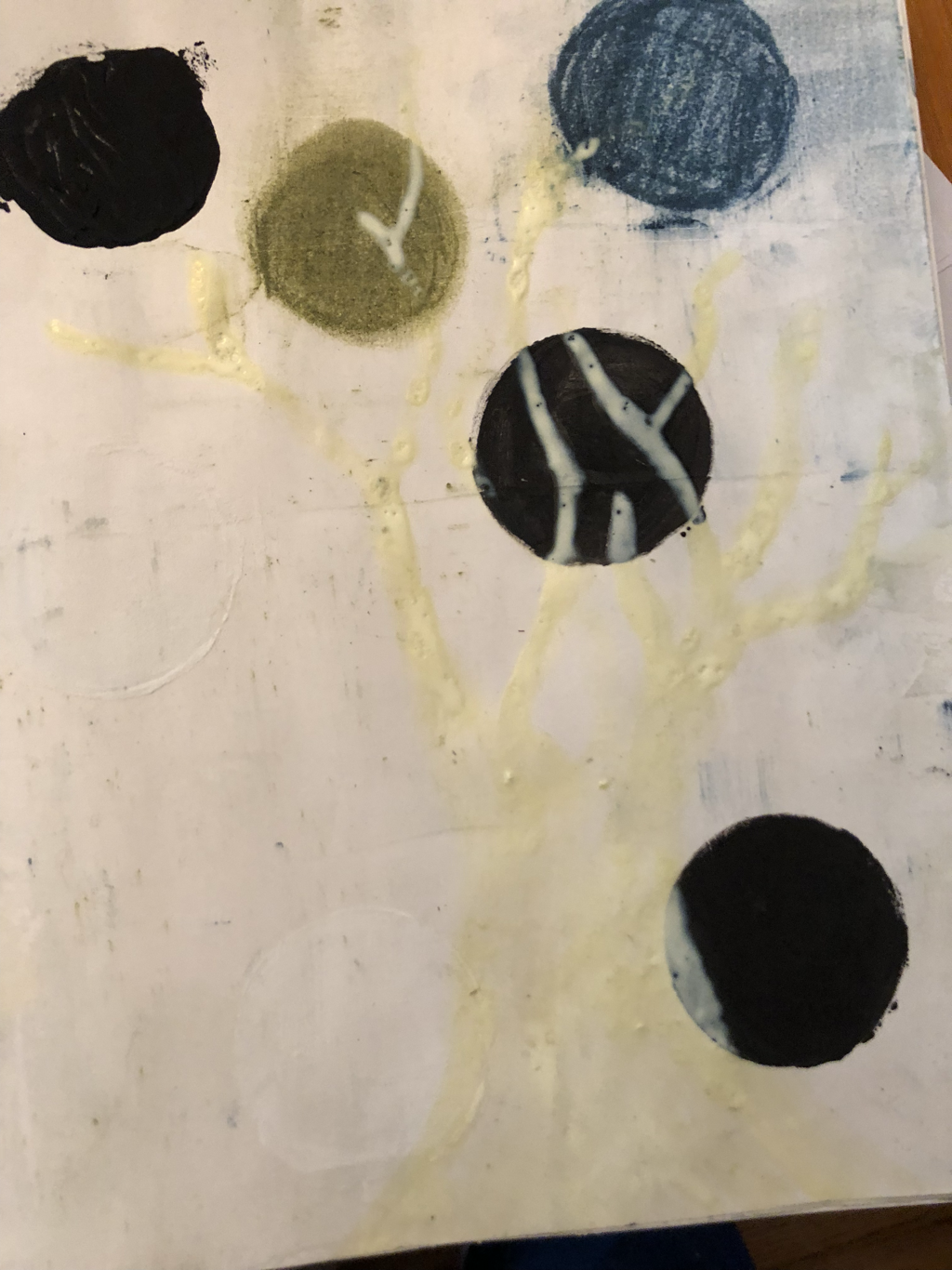
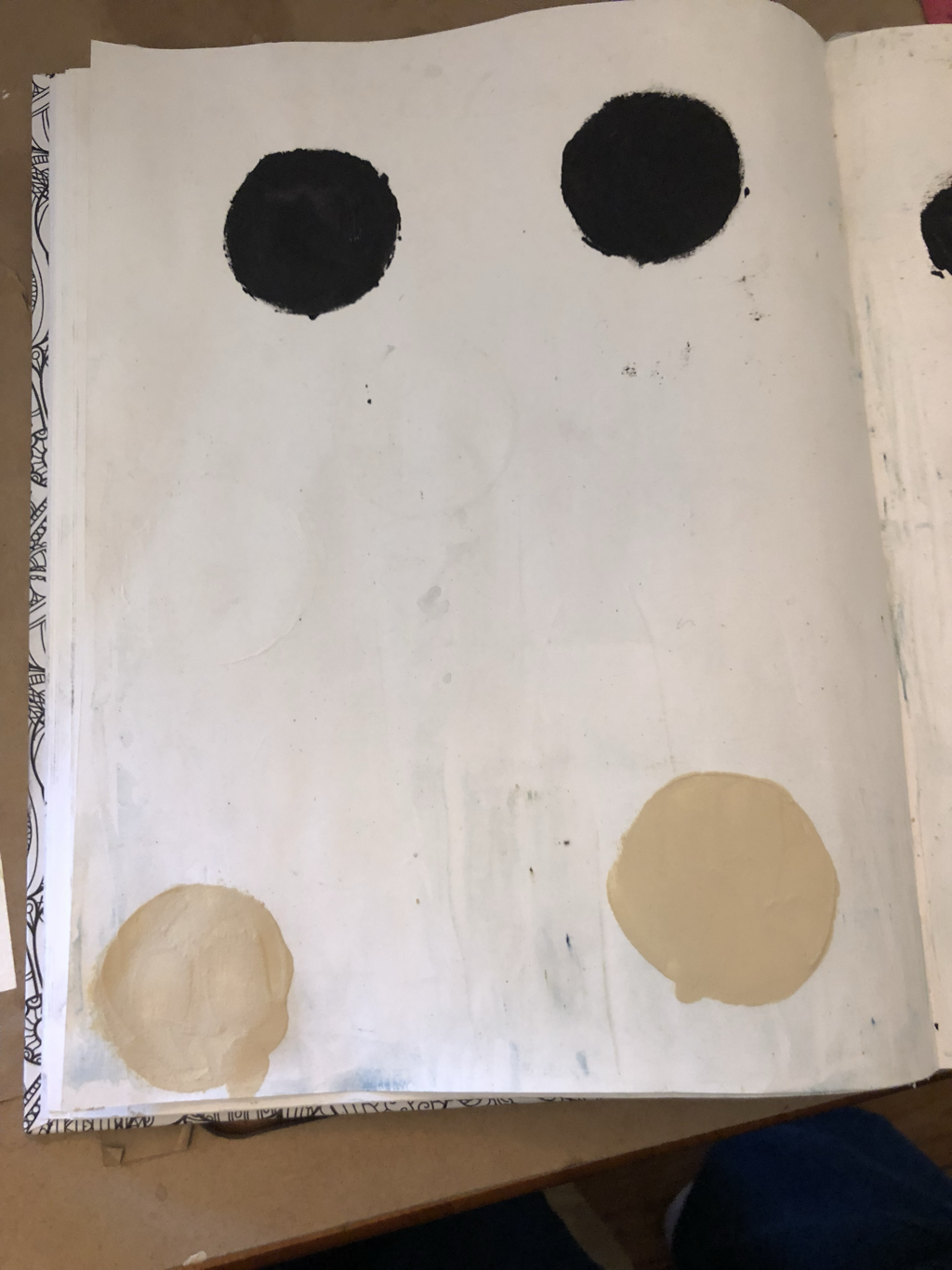
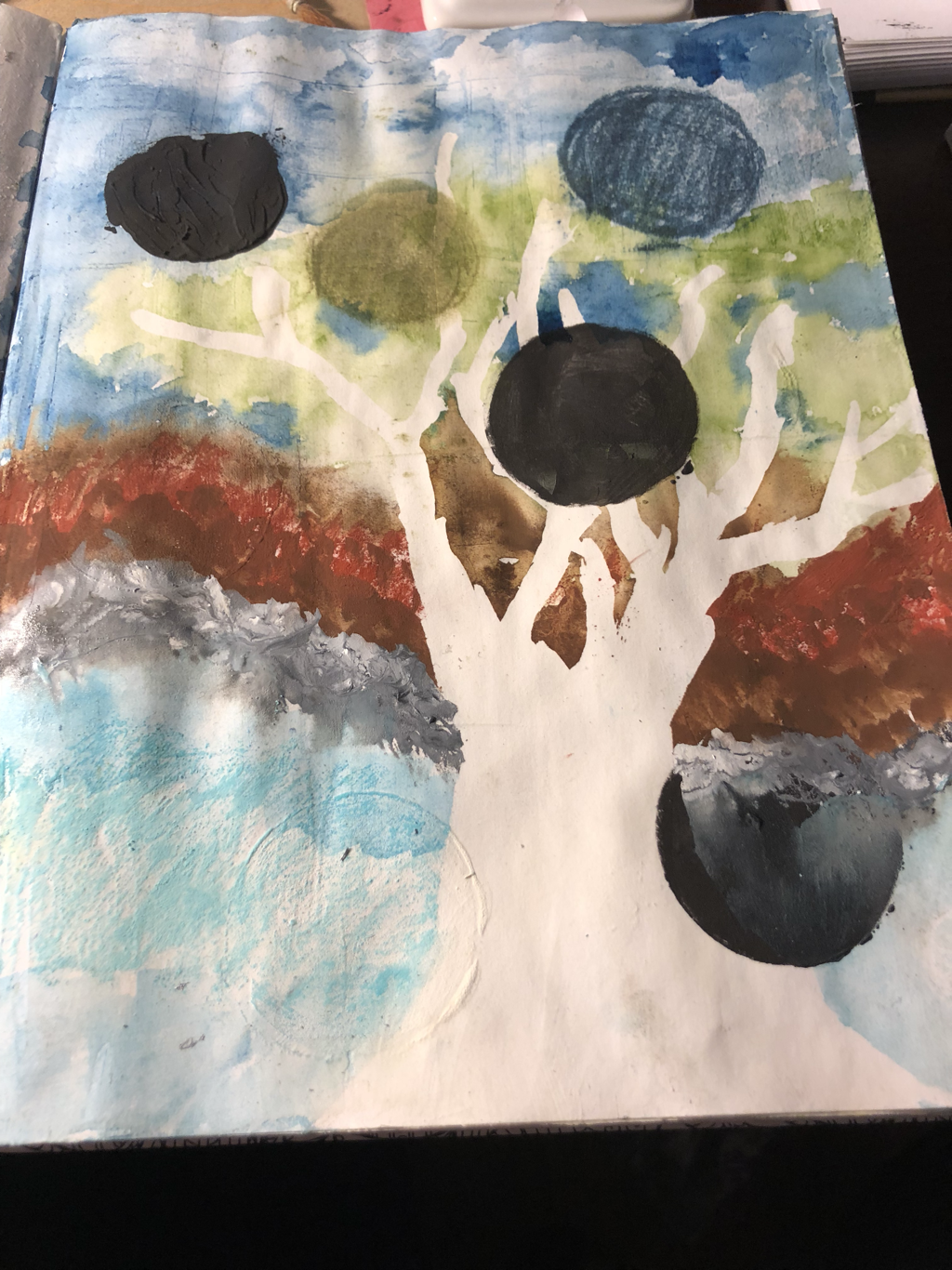

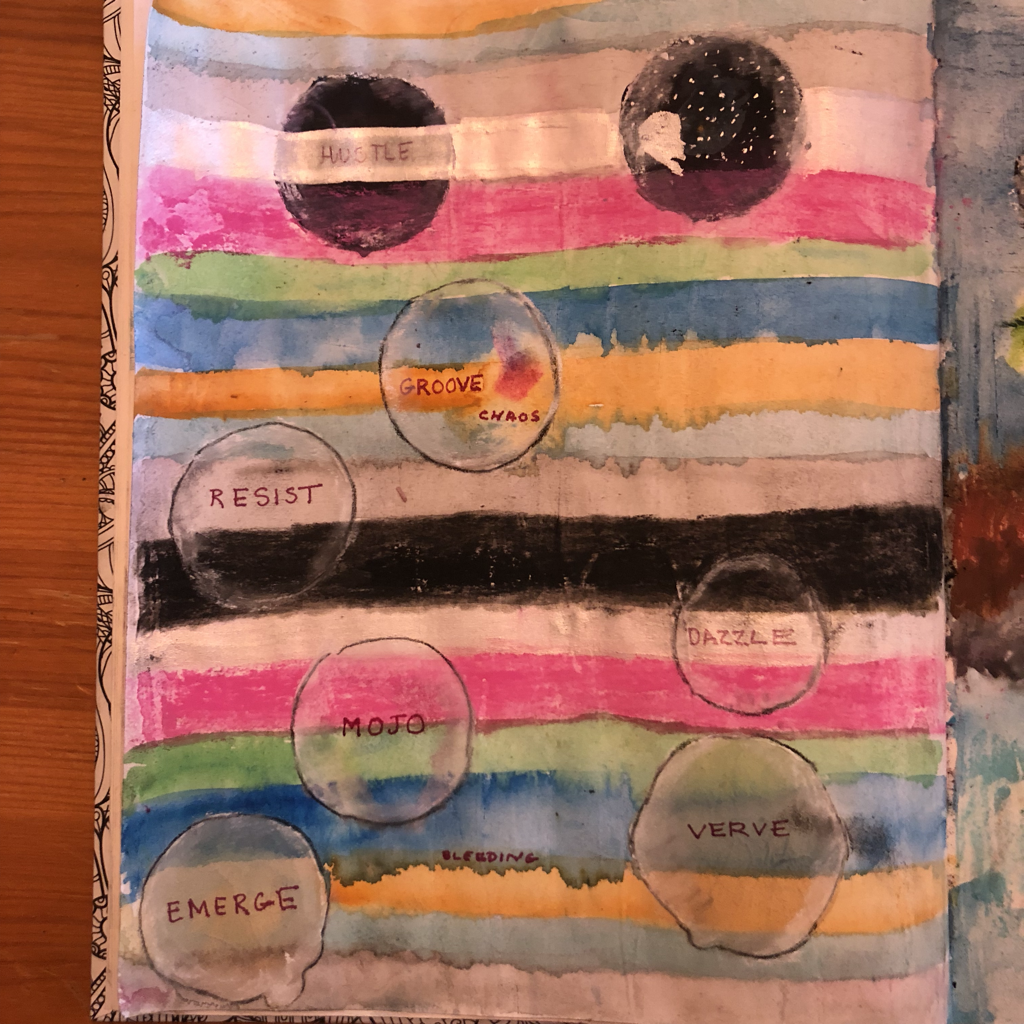
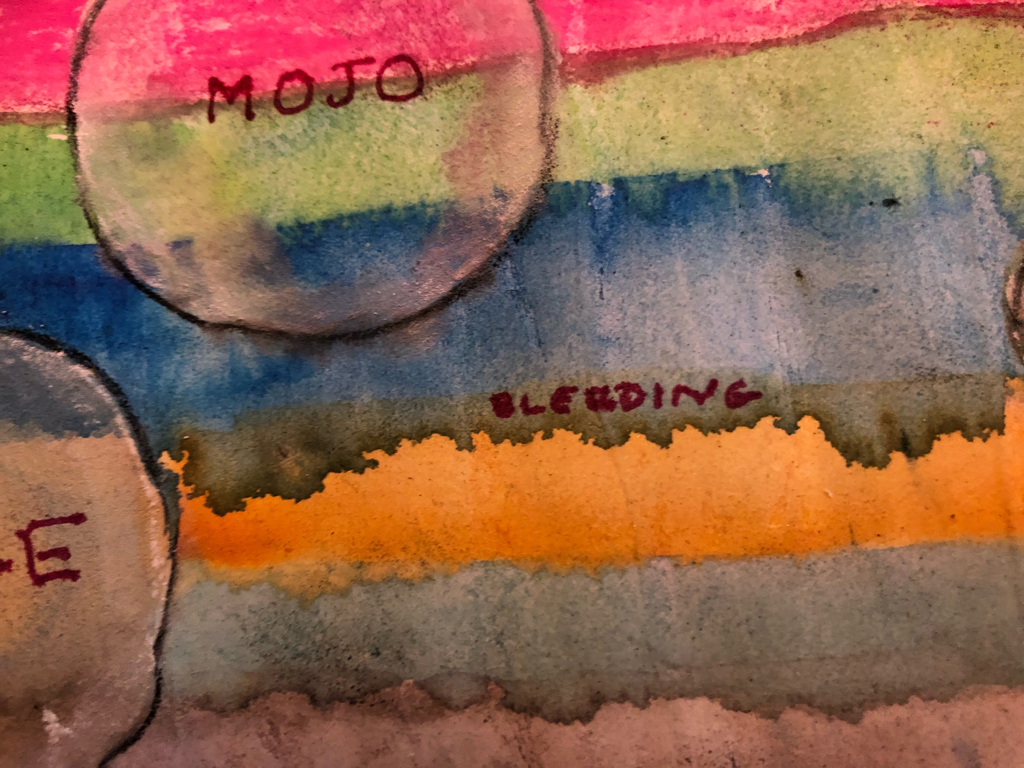
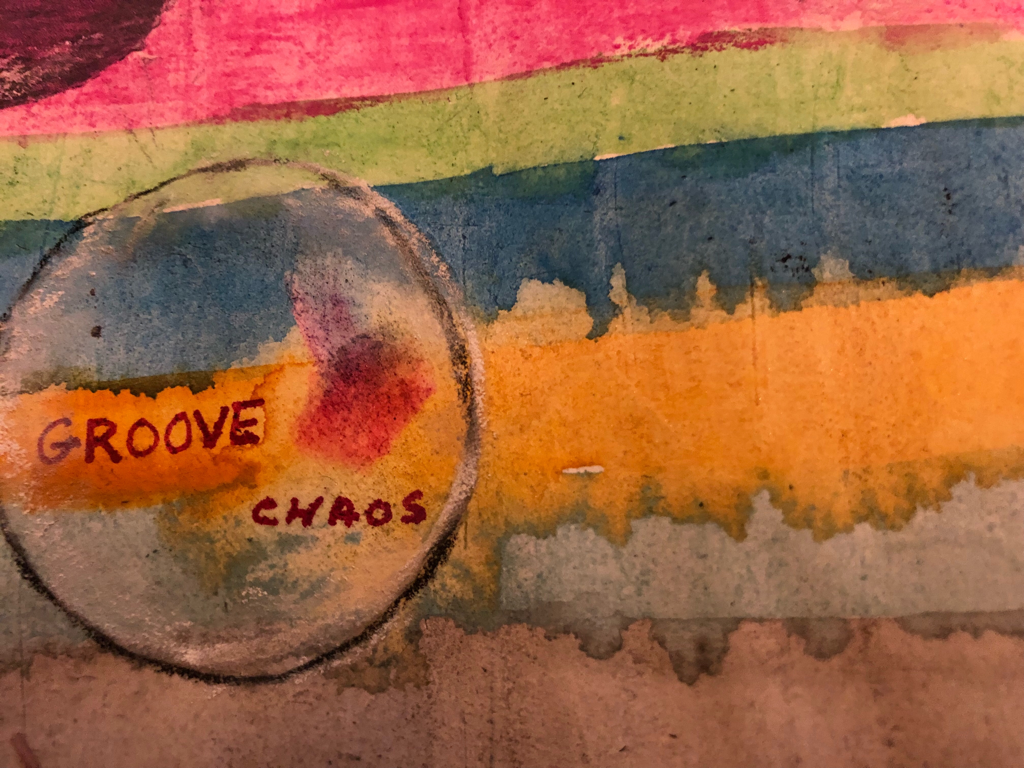
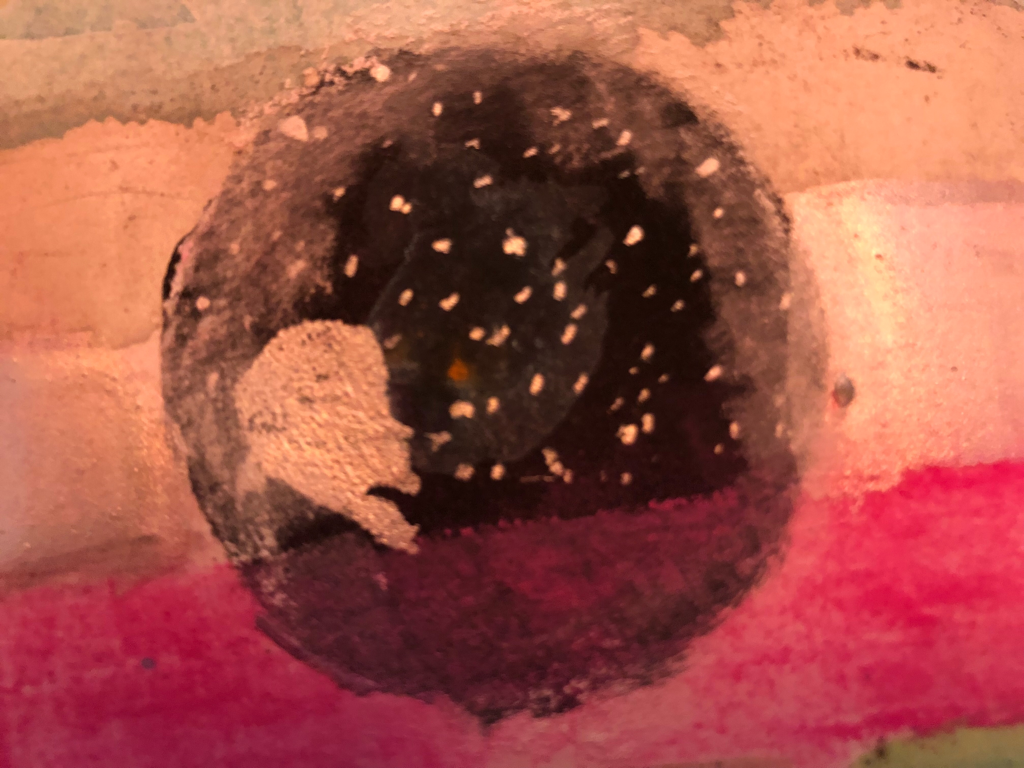
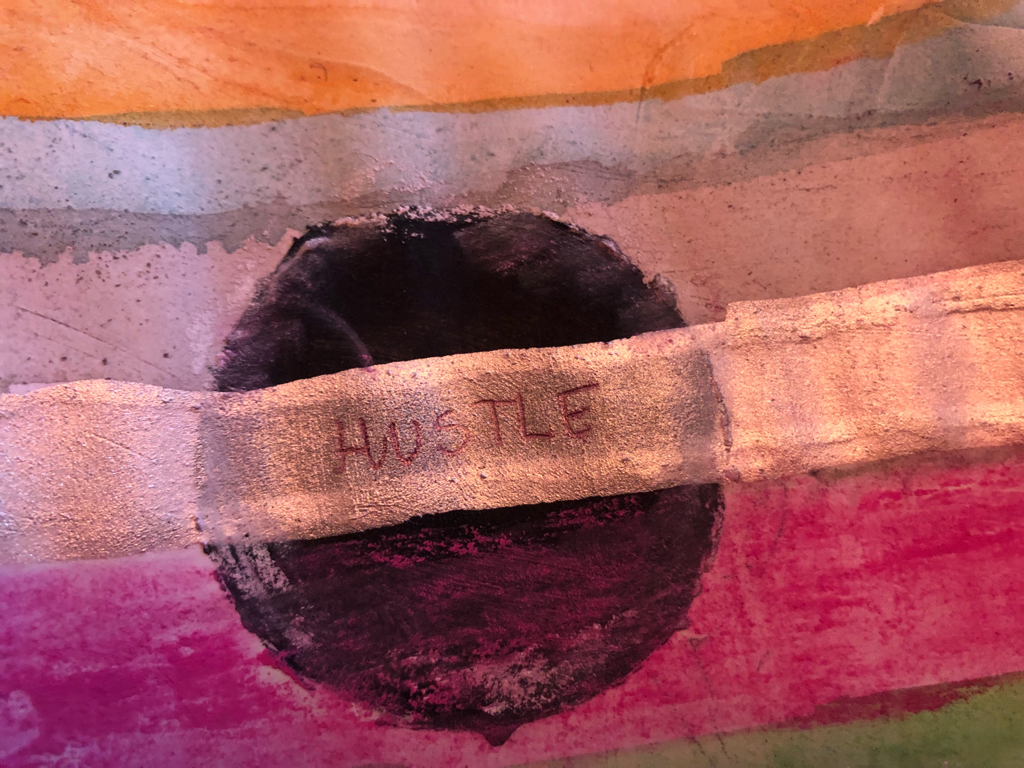
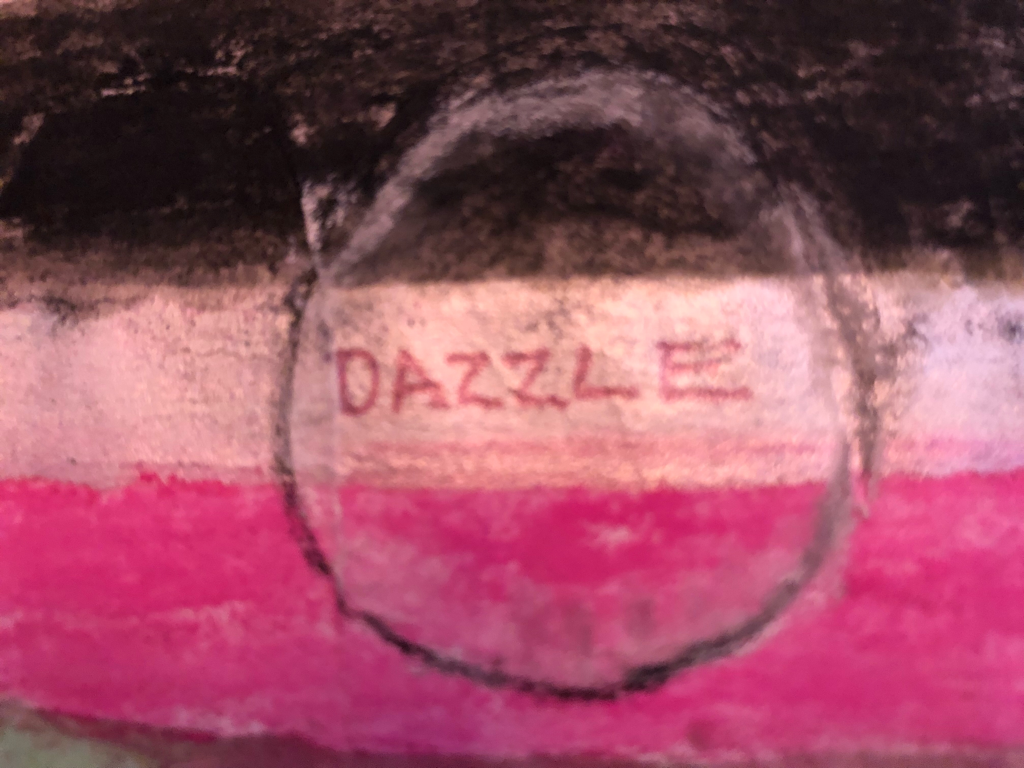
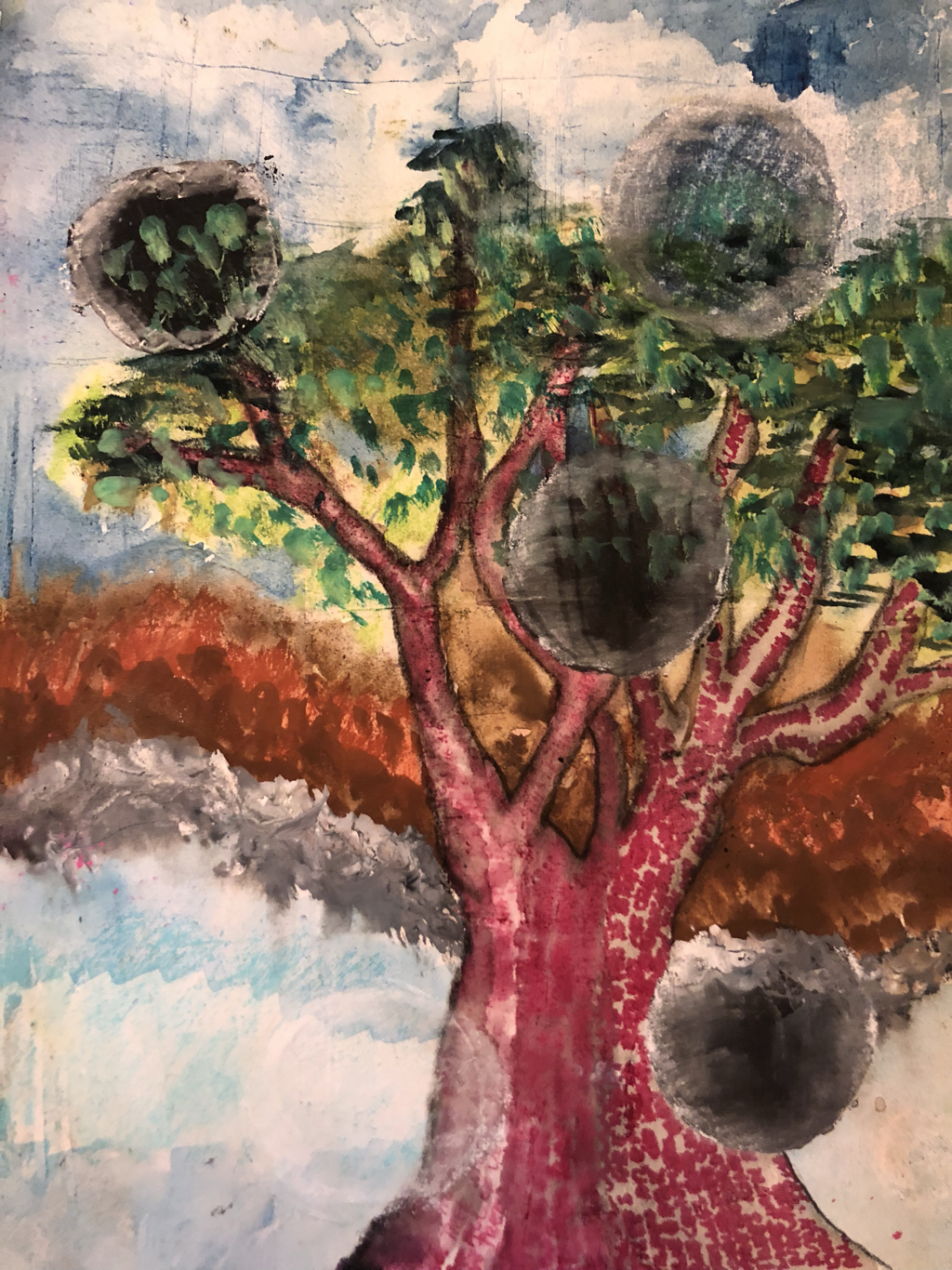
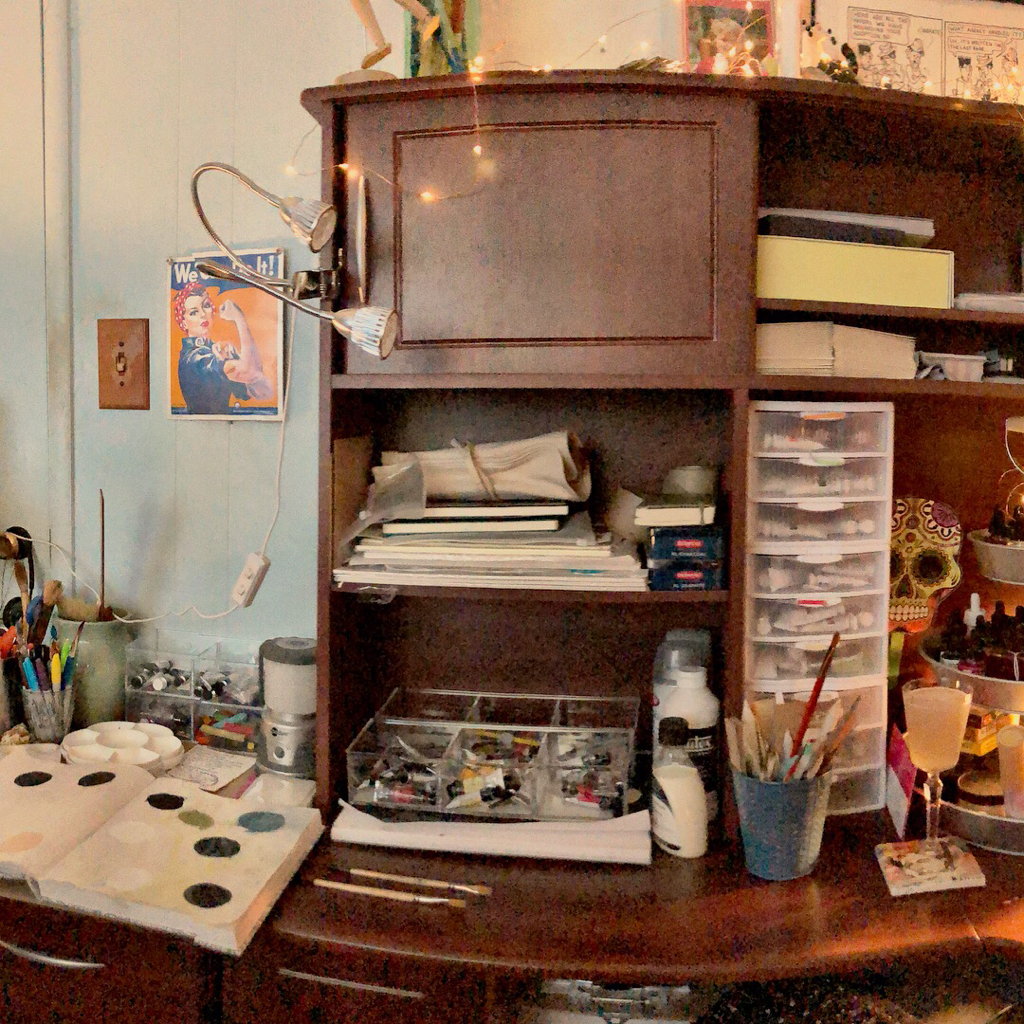
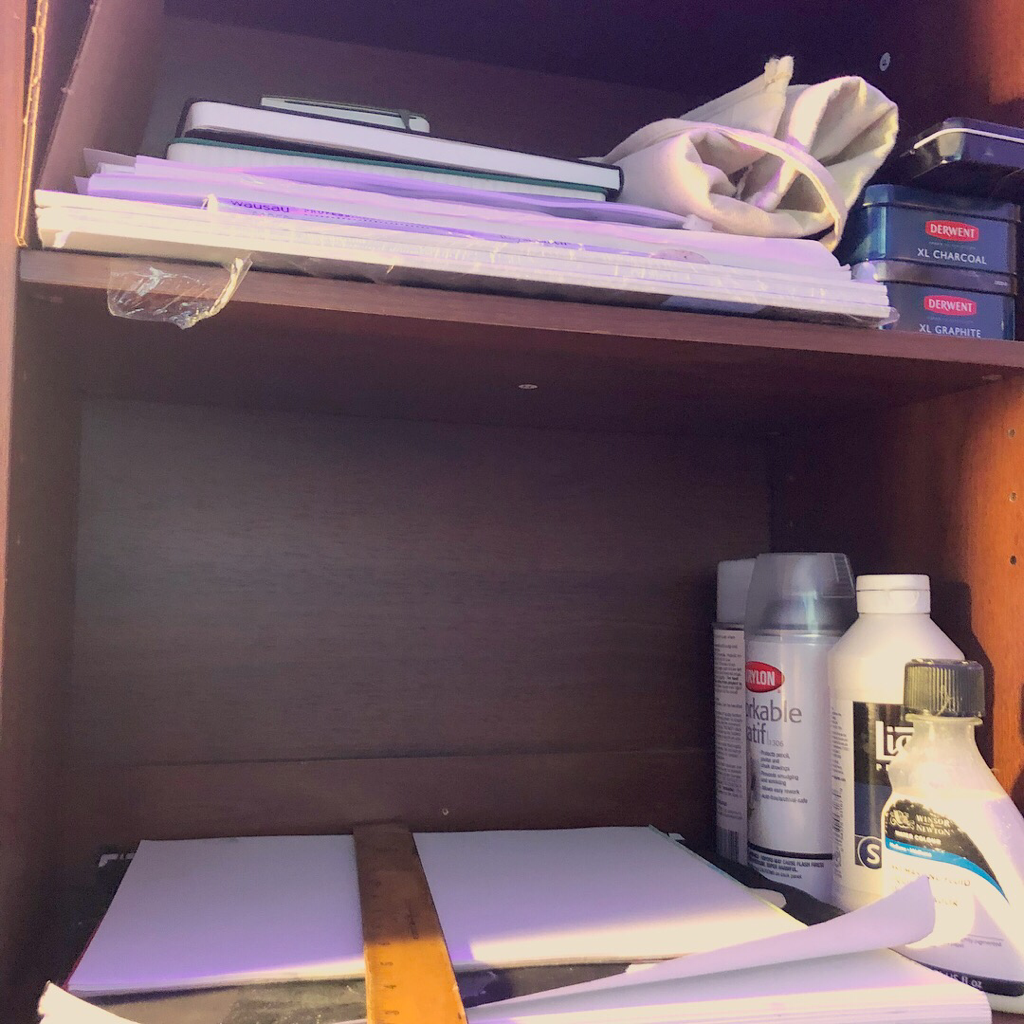
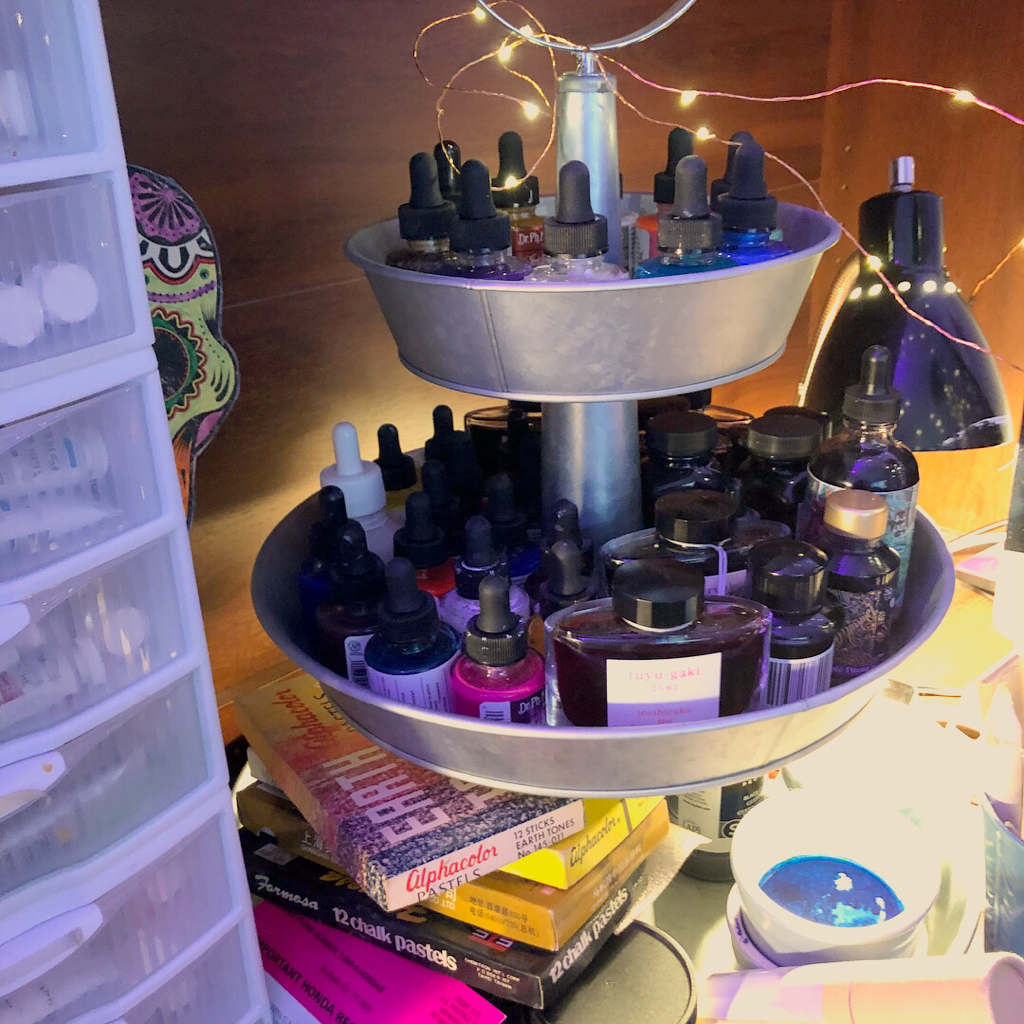
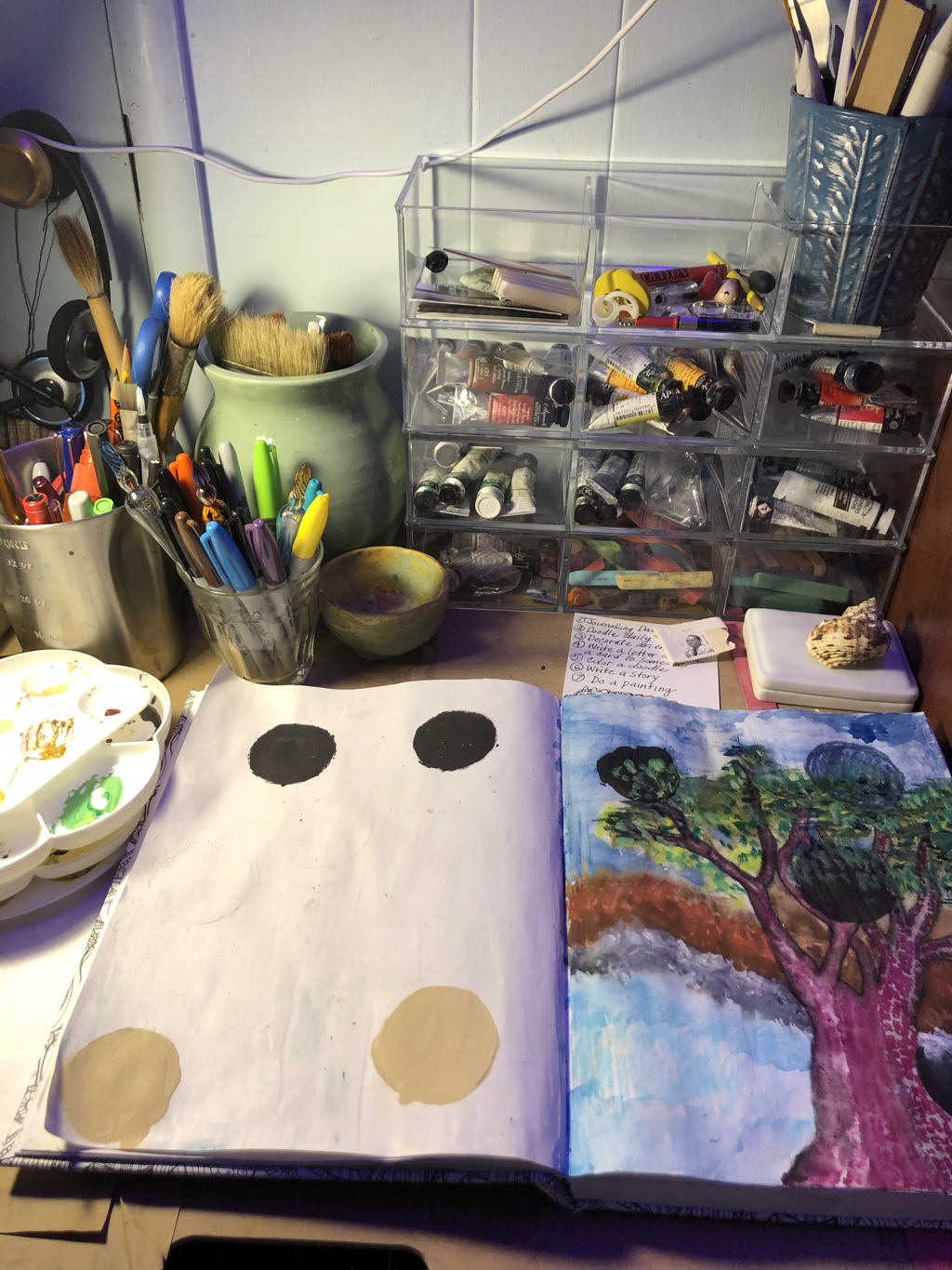
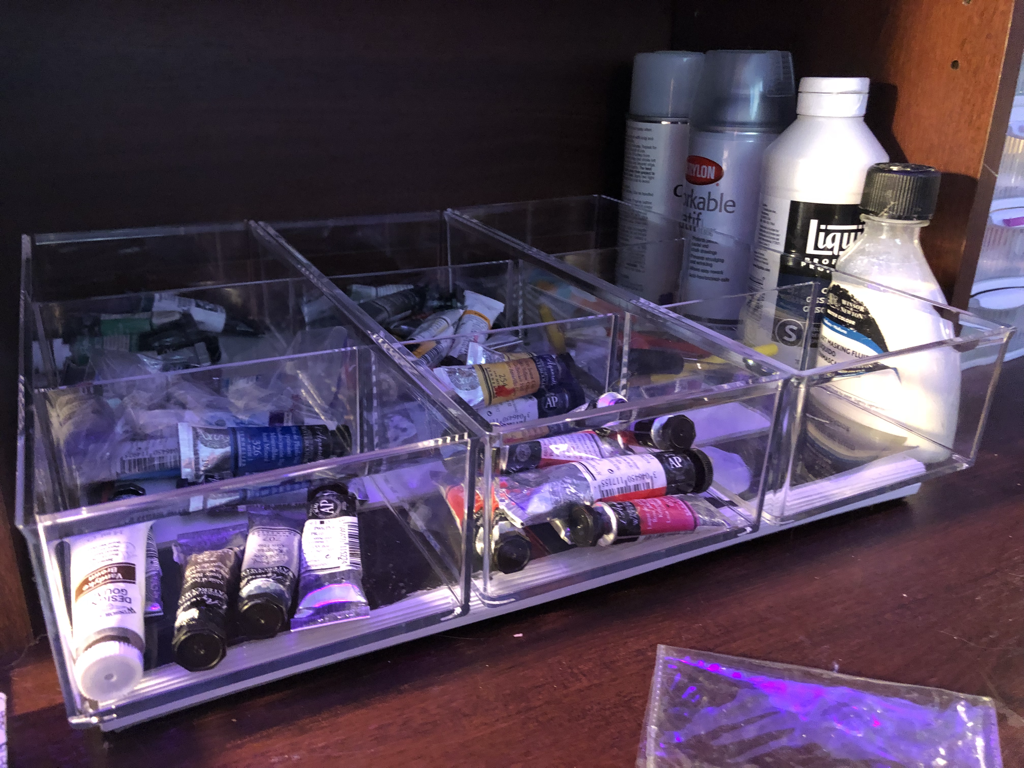
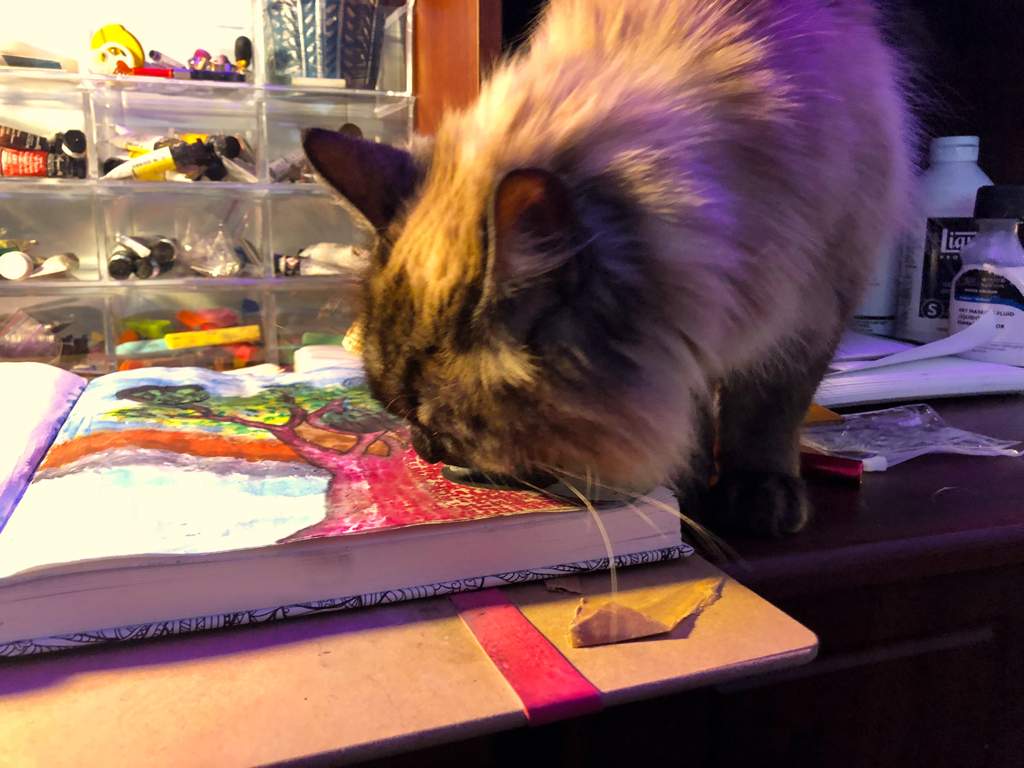
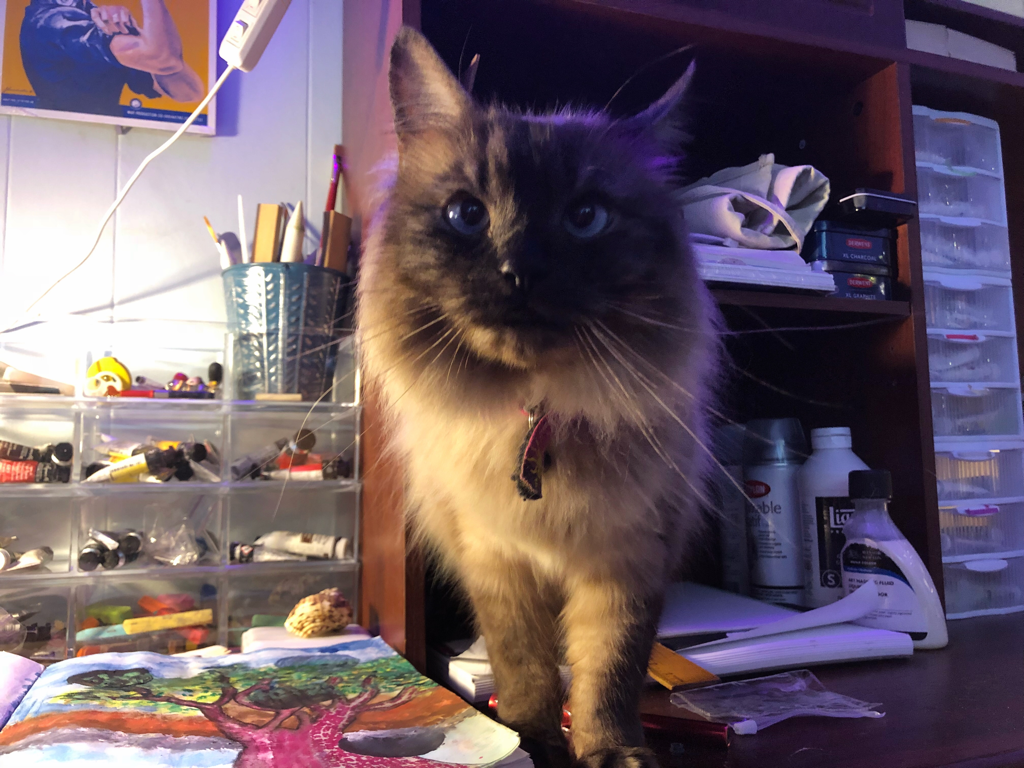
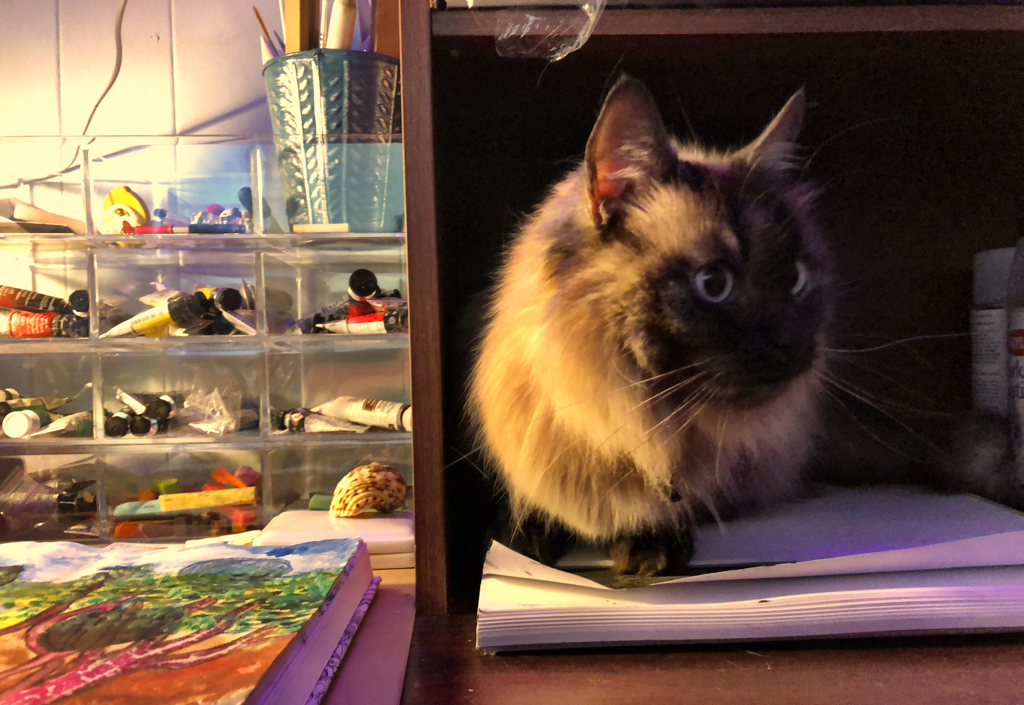
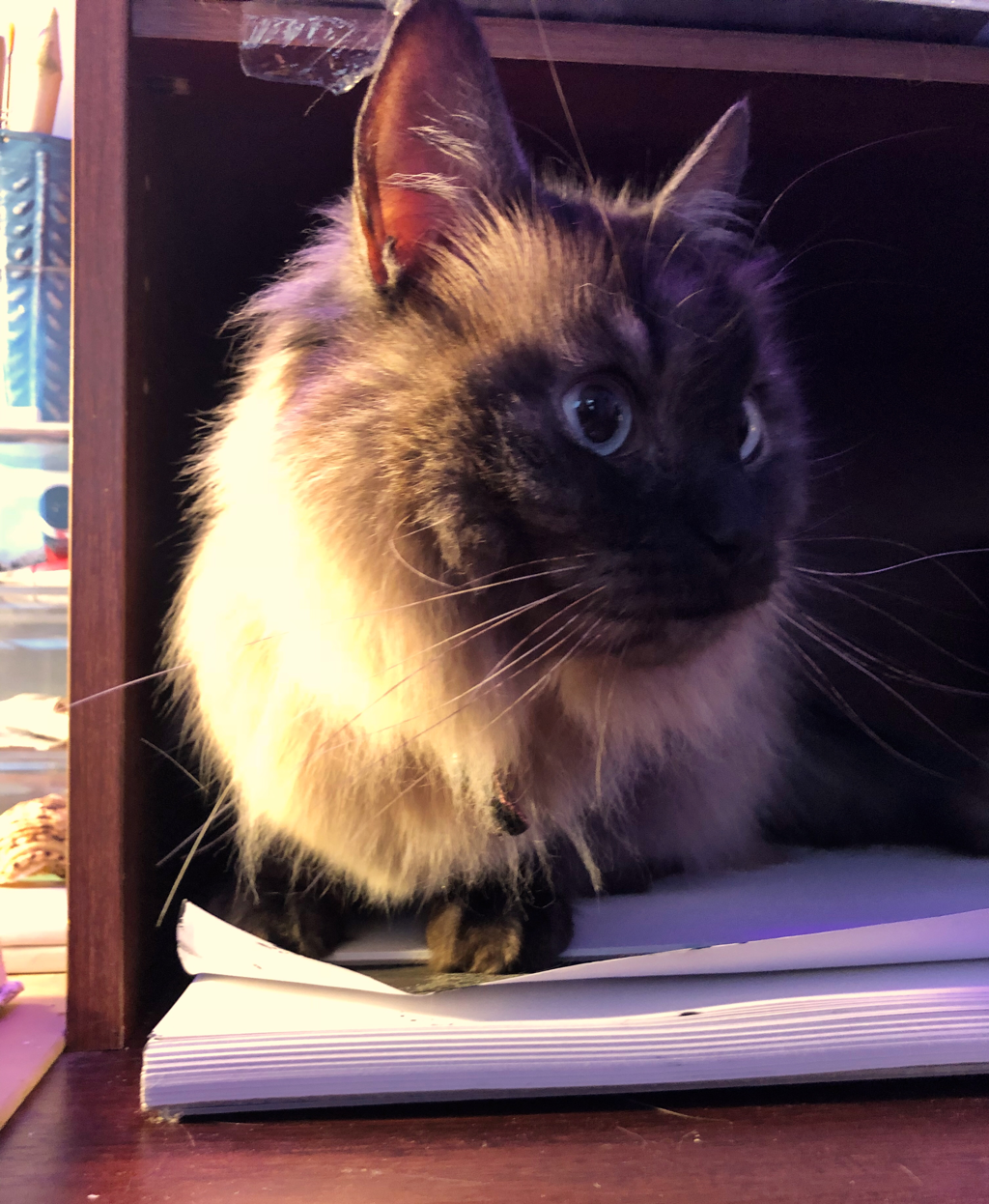
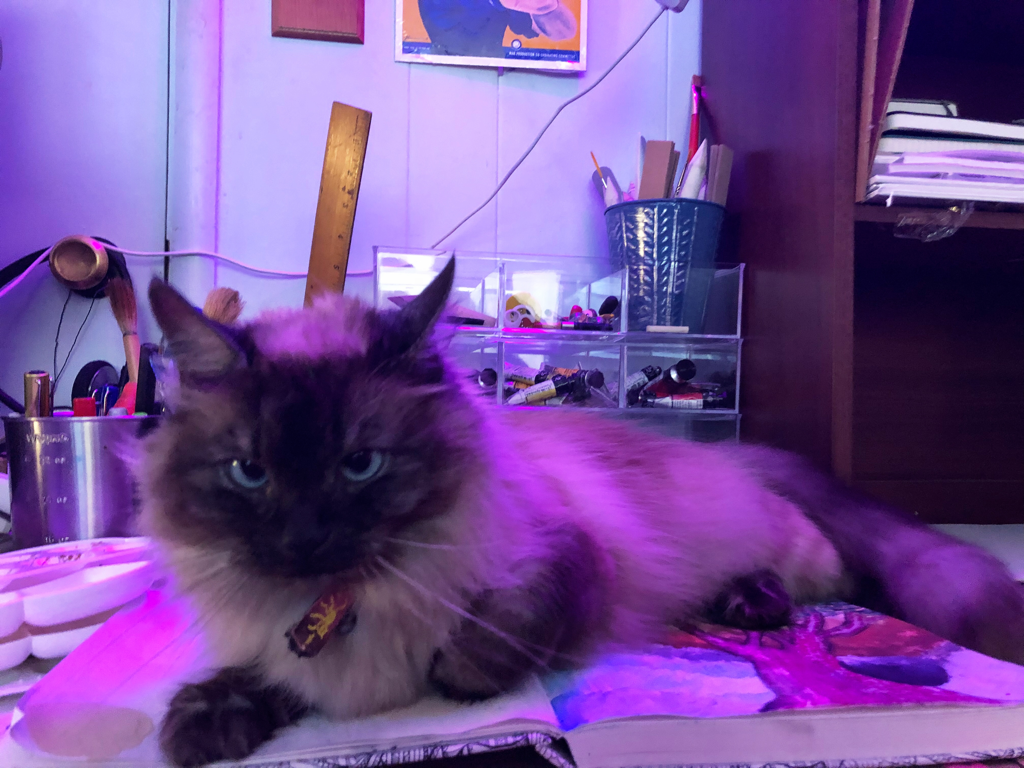
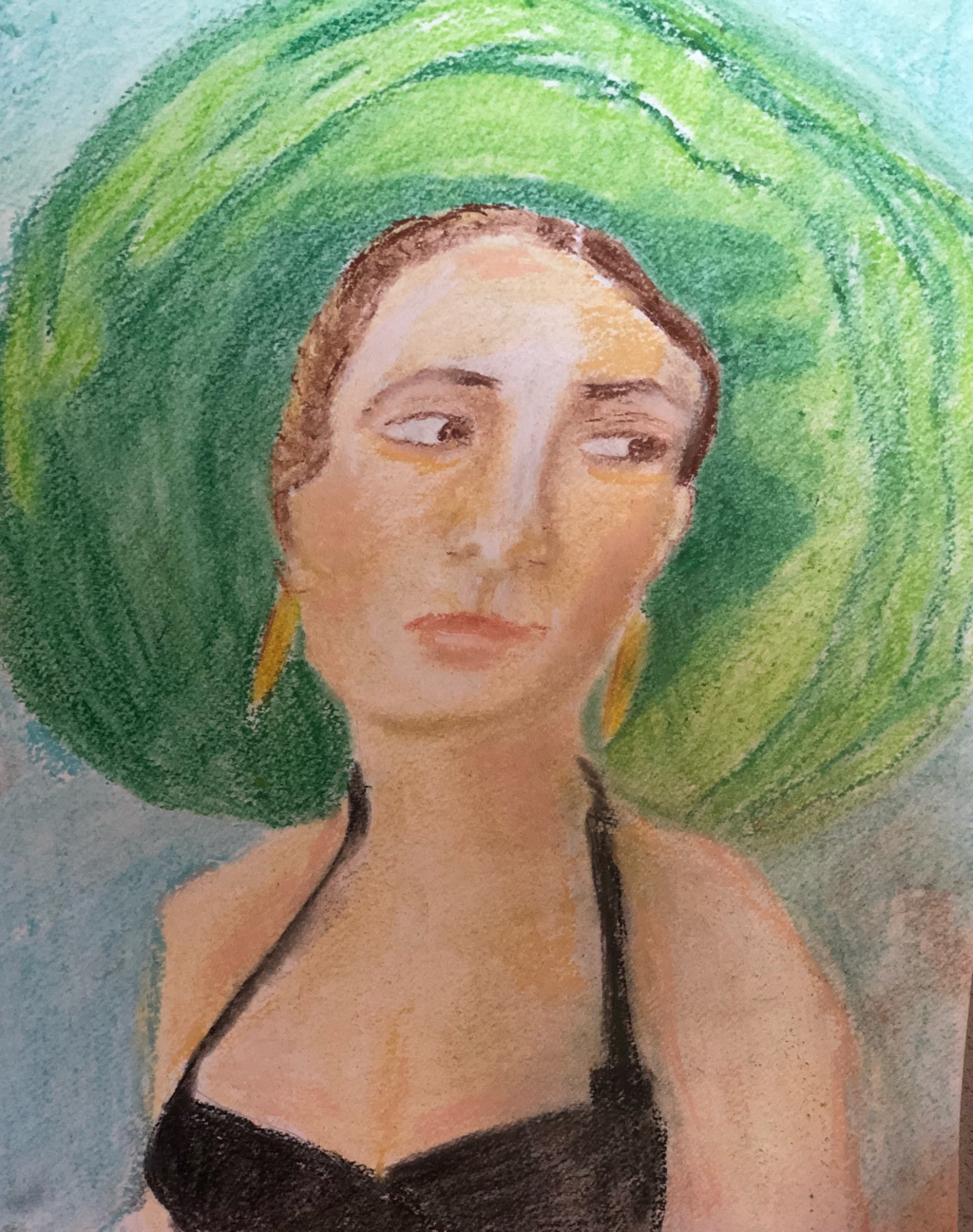
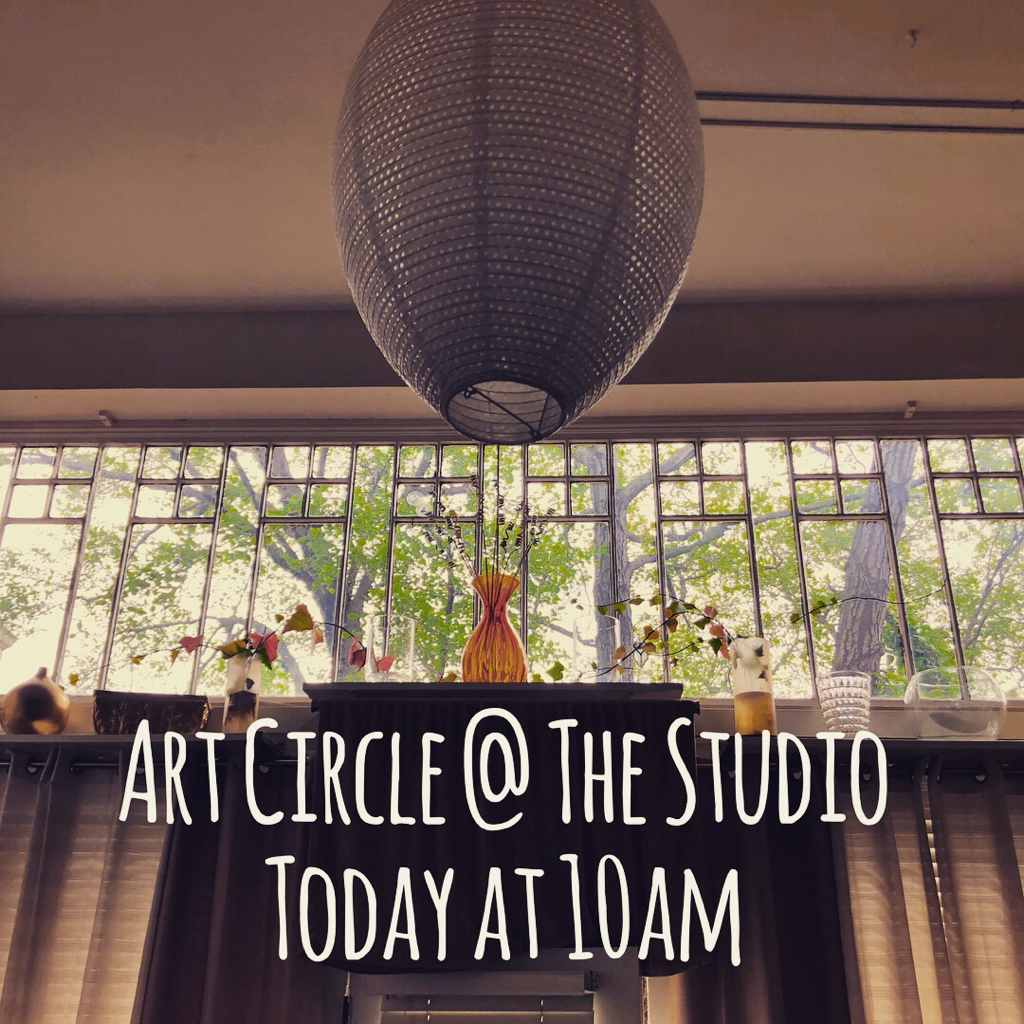
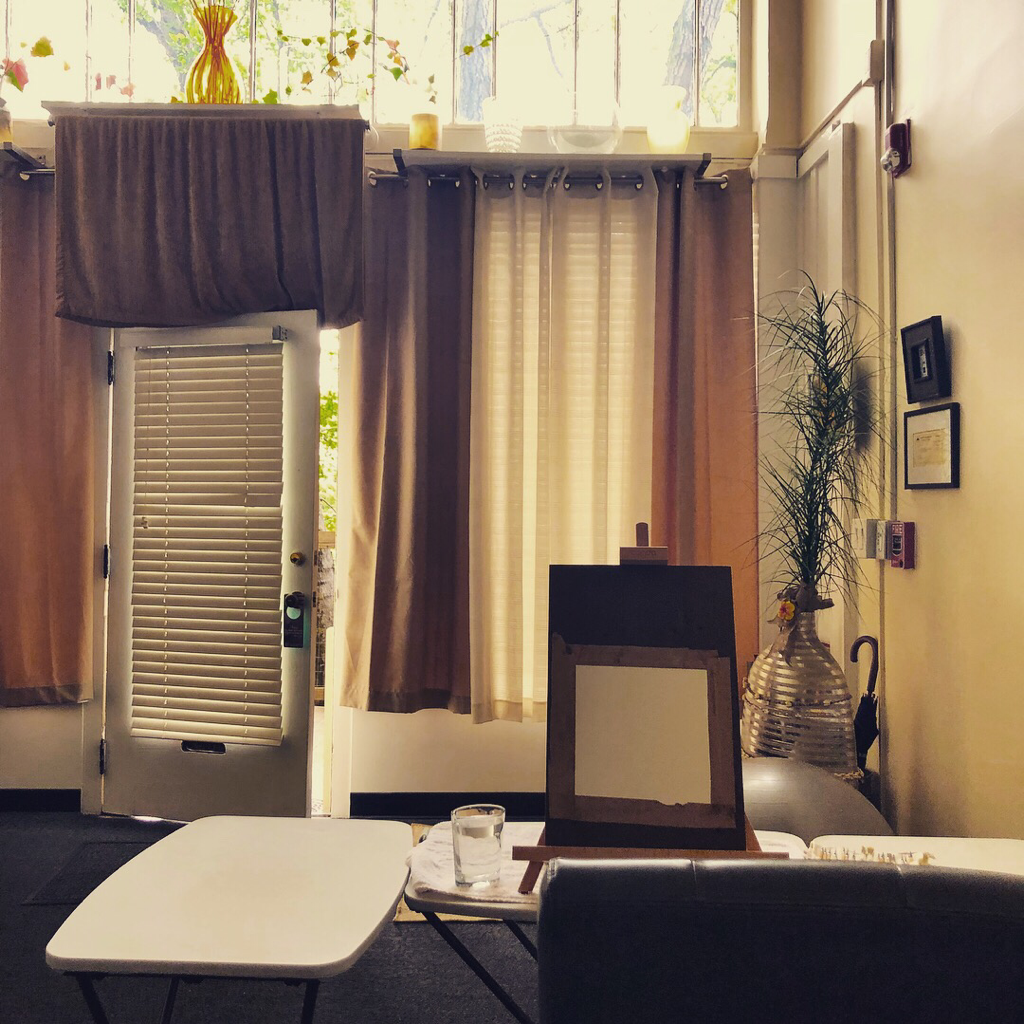
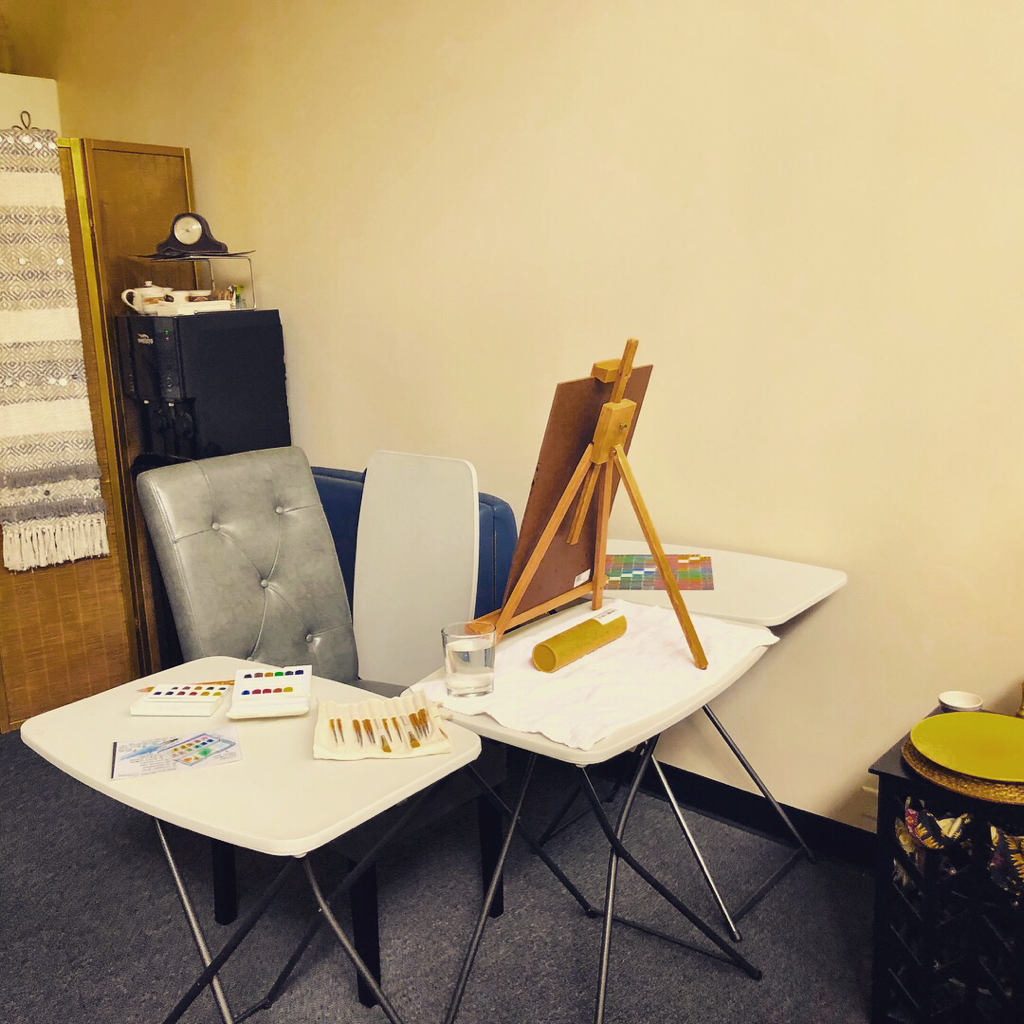
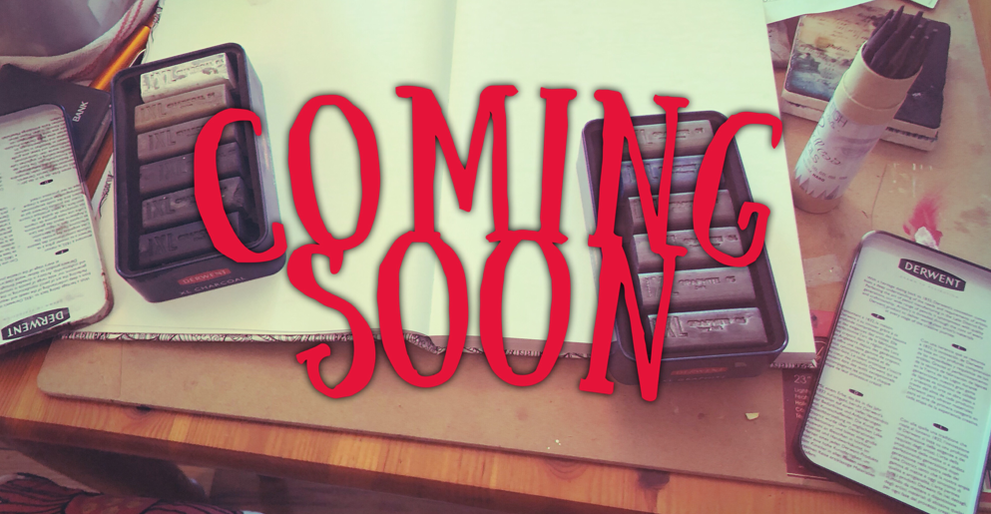
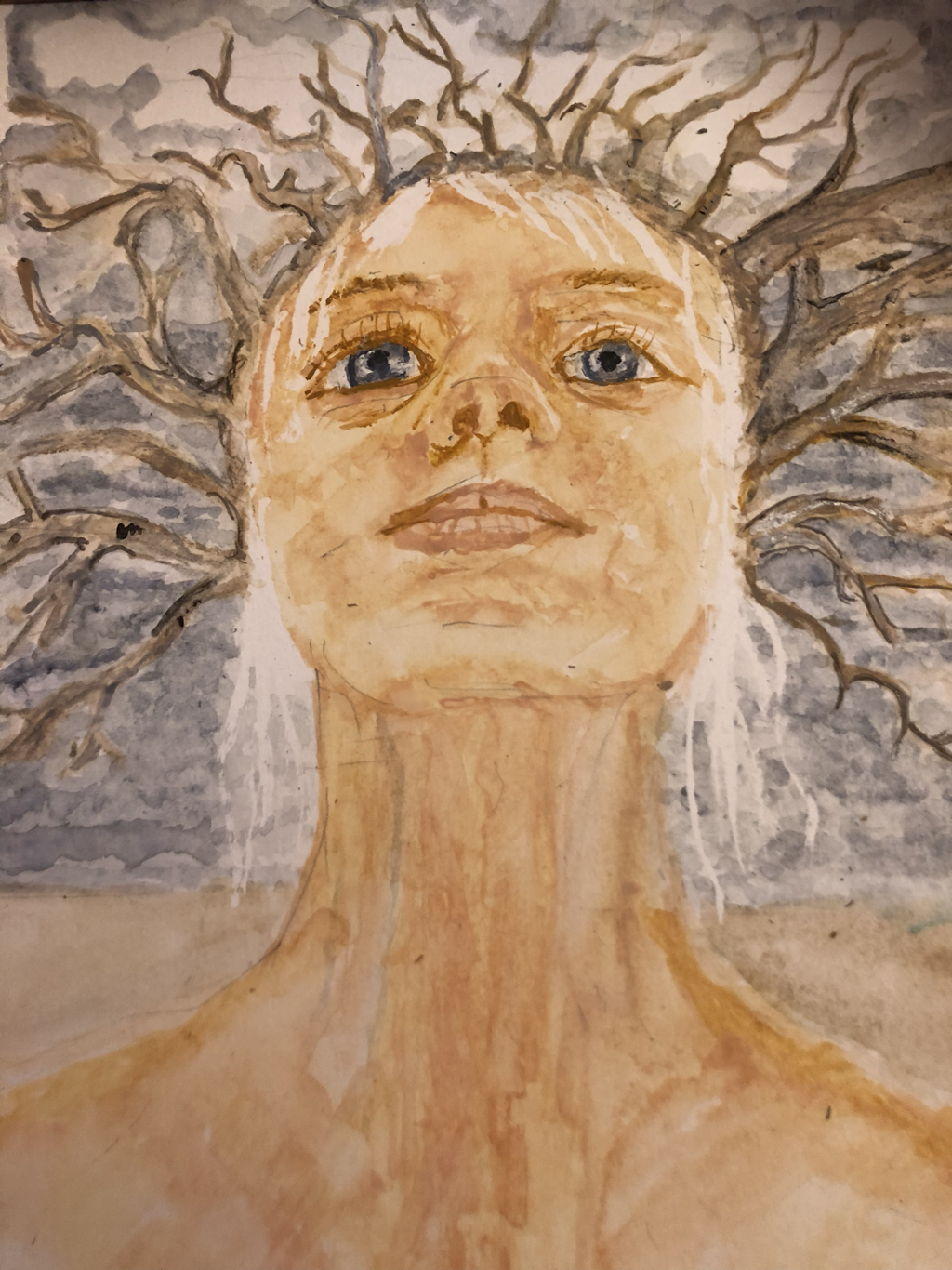
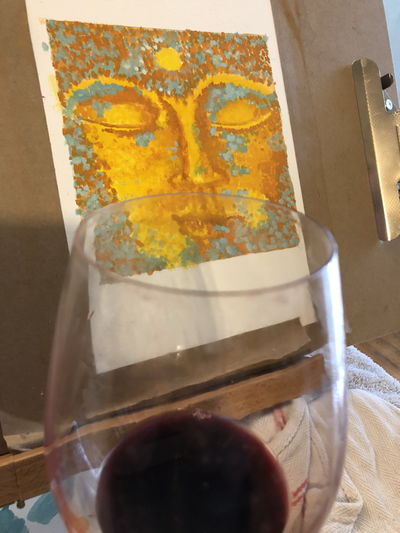
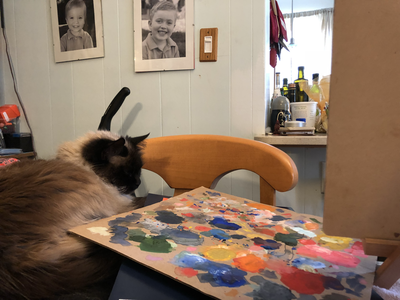
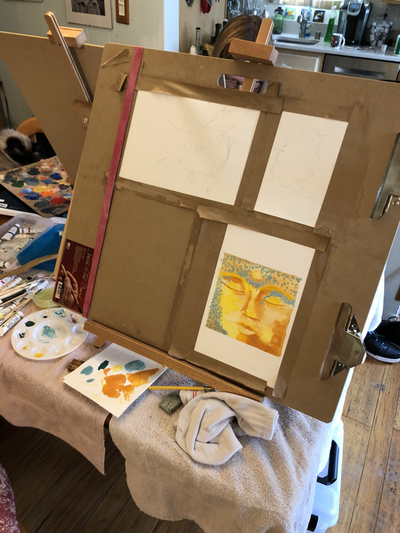
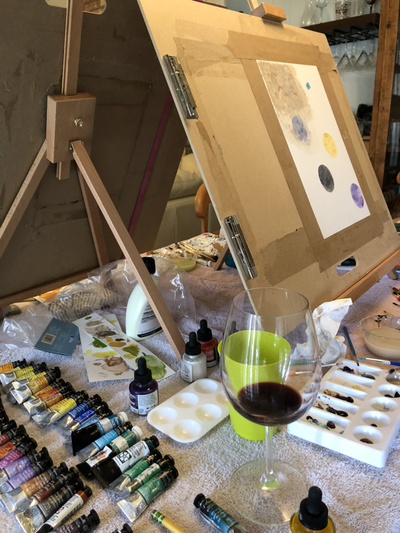
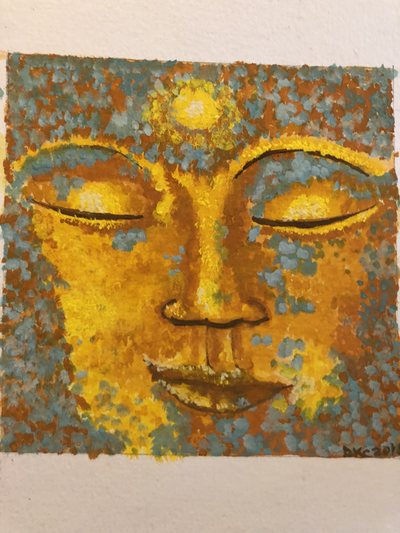
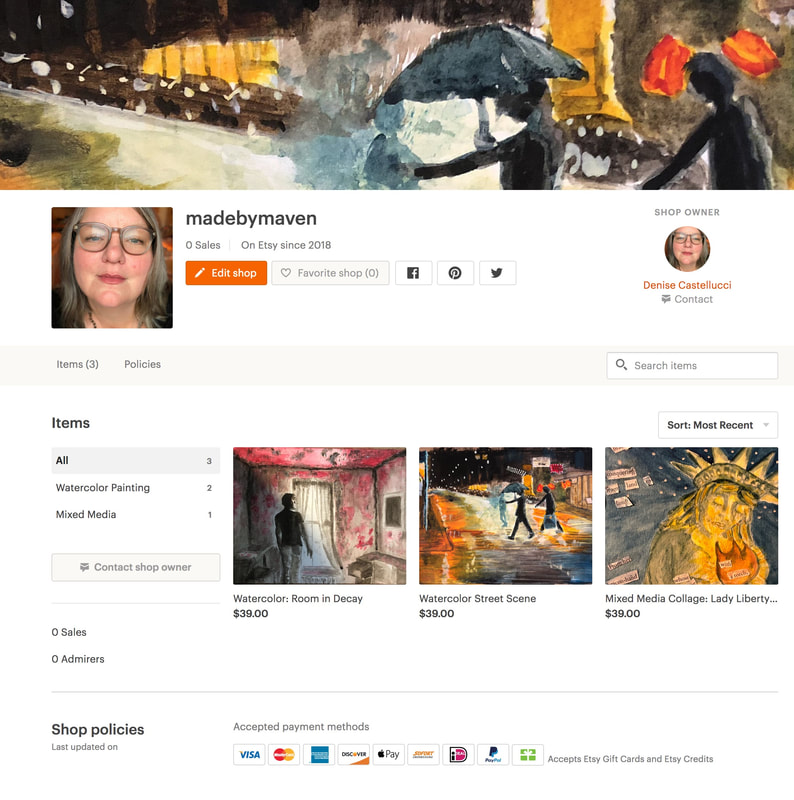
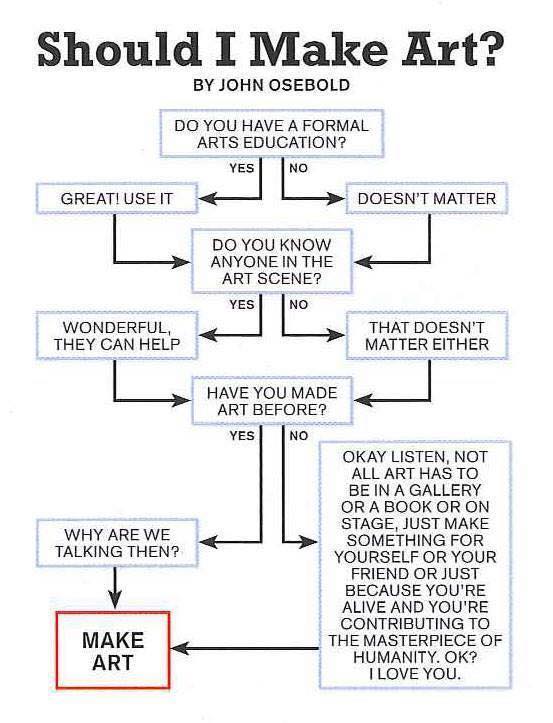
 RSS Feed
RSS Feed